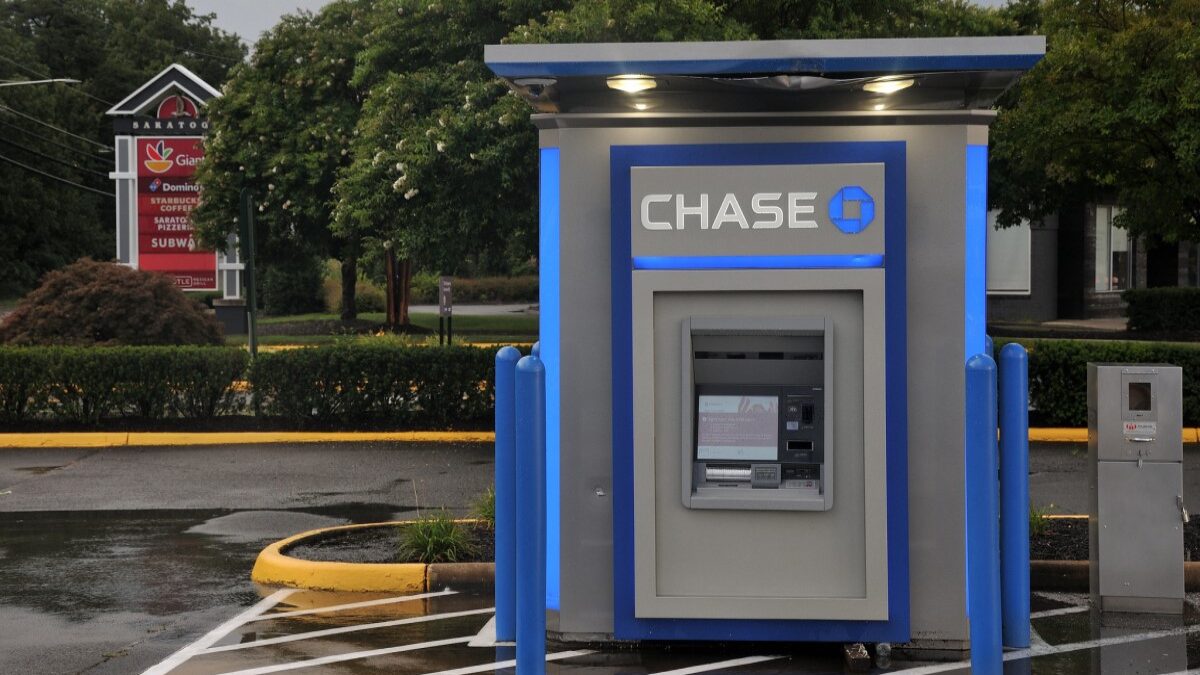Howard Gold attracted some attention recently with a USA Today article purporting to calculate the cost of the “American Dream” and tallying up a household income of $130,000 per year. He concluded with the sober warning that this is out of reach because only one of eight households actually get there.
It’s worth nothing that in this calculation, taxes were about $30,000 of the total, which puts Gold’s version of the American Dream much farther out of reach. If you eliminated those taxes, one in five households reach it.
More deeply, though, this misunderstands what “the American dream” is. Contrary to this approach, the American Dream is not defined in fixed economic terms—and it is supposed to take work and effort to reach.
To see why, let’s look at some other estimates of the American Dream. What Gold is describing is actually the minimum income required for a comfortable upper-middle-class lifestyle. The Motley Fool’s Brian Stoffel checks the numbers in Gold’s piece and offers a more realistic, less padded estimate of about $88,000 per year, which is more of a middle-middle-class income. One in four households currently makes this much.
But Stoffel goes on to describe how to live the American Dream on $50,000, which is just below the actual median income, meaning that a little more than half of Americans can do it. Here, he is describing the middle-to-lower-middle-class lifestyle that a huge number of Americans actually live. So congratulations, after much searching, upper-middle-class finance commentators have discovered middle America. And it is certainly a very comfortable life, even luxurious in some ways, both by historical standards and by comparison with most of the world.
But here’s the problem. Stoffel bases his $50,000 estimate on the work of a kind of hipster money guru who goes by the moniker Mr. Money Mustache (yeah, I know) and who lives on $25,000 per year. If you poke around, you find out that he was able to do it by working for a decade at a very well-paying tech job. Which is to say that he was already living the upper-middle-class dream, having gotten there in his 20s, and chose to drop out of it. That’s his option, I suppose, but the point is that this is someone who is advertising how he dropped out of the economy at age 30 and set out to live the rest of his life on the same income. The rest of his life. He’s done working and striving, and he’s going to stay right there.
That’s not the American Dream. That’s what I mean when I say that the real American Dream is not an income level. The American Dream is the ability to rise through your own work and improve your condition, no matter where you started from. An immigrant who arrives from a country where the median household income is less than $10,000 per year is living the American Dream if he ends up with an income of $25,000 per year, and the American Dream is the expectation that his kids will be able to start from what he accomplished and do still better.
This is particularly relevant because median income differs by age. An income of $50,000, or $88,000, or $130,000 may not be easy to reach when you’re 28, but you are much more likely to get there by the time you’re 50. That’s what’s wrong about the example of the retired 30-year-old hipster, or the complaints about how $130,000 is unreachable. The American Dream is supposed to be aspirational, it’s supposed to be about reaching for more. It’s supposed to be about the ambition to improve yourself.
Aspiring to be average or to stay in one place for the rest of your life is not the American Dream. It’s a feudal European vision of life. I’ve long suspected that the modern welfare state can be understood as an attempt at democratized aristocracy. The ideas is that we should all be able to live as lords and ladies, devoting our lives to leisure unperturbed by the crude demands of business and commerce and earning a living—just on a more modest scale than the old aristocrats, because the life of leisure has to be made available to everyone. This is impossible, of course, as we can see from the current economic crisis in Europe, which was caused by the attempt to finance generous welfare states with unsustainable borrowing. Yet this is the illusion that welfare statists cling to.
This is not the distinctly American vision of life, which is far more restless, enterprising, and ambitious. The American vision is that work is the goal of life, that we are meant to be building and innovating and growing and always moving from where we are to somewhere even better. This is not mandatory. You can choose to drop out, and everyone has to choose the point at which they’re no longer willing to trade more economic advancement for less leisure time.
But most of us choose some significant degree of growth and ambition. Because that’s the American Dream.
Follow Robert on Twitter.









